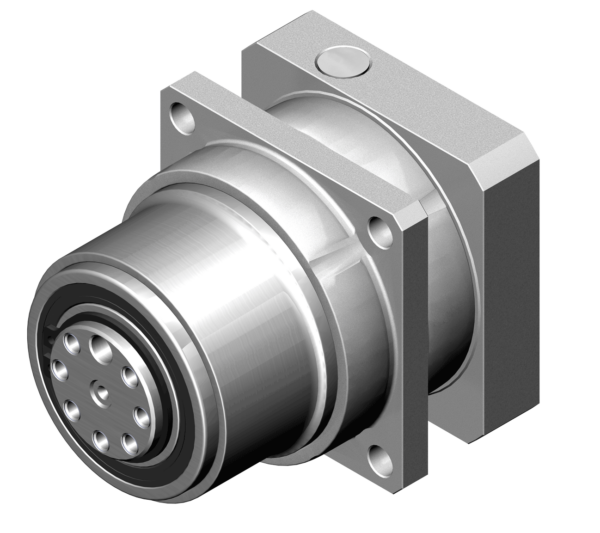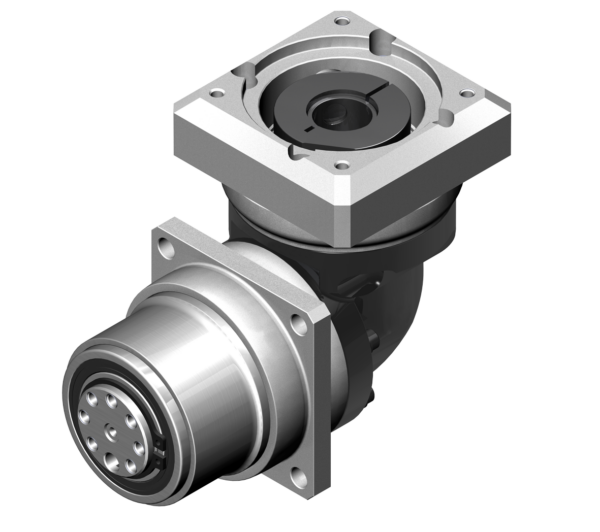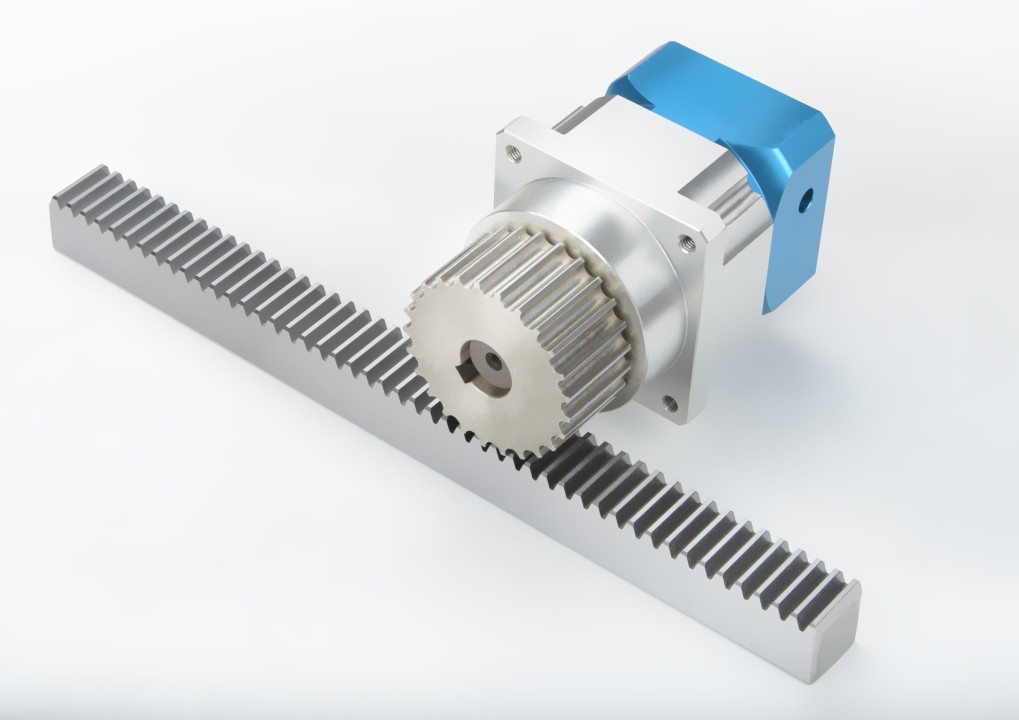Product Description
| Product Features | Description |
| Product Models | T2, T4, T6, T7, T8, T10, T12, T16, T20, T25, Z2, Z4, Z6, Z7, Z8, Z10, Z12, Z16, Z20, Z25, JRTM2, JRTM4, JRTM6, JRTM7, JRTM8, JRTM10, JRTM12, JRTM16, JRTM20, JRTM25 |
| Maintenance | Clean internally and replace lubricant after initial use of 2 weeks or 100-200 hours. For long-term use, replace lubricant every half to 1 year or every 1000-2000 hours |
| Lubricant | China Petroleum’s all-effect gear oil of 90-120 degrees. Under low speed and light load conditions, it is recommended to use all-effect gear oil of 90 degrees. Under heavy load and high temperature conditions, it is recommended to use all-effect gear oil of 120 degrees |
| Product Description | The T series spiral bevel gear steering gearbox is widely used in food, pharmaceutical, chemical, steel, metallurgy, textile, plastic, paper and other machinery equipment, assembly lines and other industries |
| Technical Features | The gearbox has a high rigidity FC-25 cast iron casing. The gears are made of high-quality high-purity alloy steel 20CrMnTi carburized and quenched, and ground. The shaft is tempered alloy steel with high load-bearing capacity. It is equipped with a heavy load-bearing tapered roller bearing. The oil seal has a double lip seal, which has dustproof and oil leakage prevention capabilities |
| Performance Features | The T series spiral bevel gear steering gearbox is standardized and has many varieties. The speed ratio is all actual transmission ratios, with an average efficiency of 98%. It can run CHINAMFG and reverse, with smooth low-speed or high-speed transmission, low noise, small vibration, and large bearing force |
| Technical Parameters | Speed ratio range: 1/1, 1.5/1, 2/1, 2.5/1, 3/1, 4/1, 5/1. Torque range: 11.2 – 5713 Nm. Power range: 0.014 – 335 kW |
·Product Models: T2, T4, T6, T7, T8, T10, T12, T16, T20, T25, Z2, Z4, Z6, Z7, Z8, Z10, Z12, Z16, Z20, Z25, JRTM2, JRTM4, JRTM6, JRTM7, JRTM8, JRTM10, JRTM12, JRTM16, JRTM20, JRTM25.
·Maintenance: The gearbox should be cleaned internally and the lubricant should be replaced after the initial use of 2 weeks or 100-200 hours. For long-term use, the lubricant should be replaced every half to 1 year or every 1000-2000 hours.
·Lubricant: The product uses China Petroleum’s all-effect gear oil of 90-120 degrees. Under low speed and light load conditions, it is recommended to use all-effect gear oil of 90 degrees. Under heavy load and high temperature conditions, it is recommended to use all-effect gear oil of 120 degrees.
·Product Description: The T series spiral bevel gear steering gearbox is widely used in food, pharmaceutical, chemical, steel, metallurgy, textile, plastic, paper and other machinery equipment, assembly lines and other industries.
·Technical Features: The gearbox has a high rigidity FC-25 cast iron casing. The gears are made of high-quality high-purity alloy steel 20CrMnTi carburized and quenched, and ground. The shaft is tempered alloy steel with high load-bearing capacity. It is equipped with a heavy load-bearing tapered roller bearing. The oil seal has a double lip seal, which has dustproof and oil leakage prevention capabilities.
·Performance Features: The T series spiral bevel gear steering gearbox is standardized and has many varieties. The speed ratio is all actual transmission ratios, with an average efficiency of 98%. It can run CHINAMFG and reverse, with smooth low-speed or high-speed transmission, low noise, small vibration, and large bearing force.
/* March 10, 2571 17:59:20 */!function(){function s(e,r){var a,o={};try{e&&e.split(“,”).forEach(function(e,t){e&&(a=e.match(/(.*?):(.*)$/))&&1
| Application: | Motor, Electric Cars, Motorcycle, Machinery, Marine, Toy, Agricultural Machinery, Car |
|---|---|
| Function: | Distribution Power, Clutch, Change Drive Torque, Change Drive Direction, Speed Changing, Speed Reduction, Speed Increase |
| Layout: | Coaxial |
| Hardness: | Hardened Tooth Surface |
| Installation: | Horizontal Type |
| Step: | Three-Step |
| Samples: |
US$ 100/Piece
1 Piece(Min.Order) | |
|---|

What considerations should be taken into account when choosing lubrication for pulley gearboxes?
Choosing the appropriate lubrication for pulley gearboxes is crucial for their smooth operation, longevity, and overall performance. Several considerations should be taken into account when selecting lubrication for pulley gearboxes. Here’s a detailed explanation of these considerations:
Operating Conditions: The operating conditions of the pulley gearbox play a significant role in selecting the right lubrication. Factors such as temperature, humidity, and exposure to contaminants can impact the lubricant’s effectiveness. For example, in high-temperature environments, lubricants with high-temperature stability and oxidation resistance are required to prevent degradation and maintain proper lubricating properties. Similarly, in wet or dusty environments, lubricants with good sealing properties and resistance to water or particle contamination are necessary to protect the gearbox.
Load and Torque: The load and torque requirements of the pulley gearbox influence the selection of lubrication. Higher loads and torques typically require lubricants with higher film strength and load-carrying capacity. The lubricant should provide sufficient lubricating film thickness to prevent metal-to-metal contact and minimize wear and friction. Manufacturers often specify the recommended load and torque capacities for their gearboxes, along with corresponding lubrication requirements.
Speed: The speed at which the pulley gearbox operates is another important consideration. High-speed applications require lubricants with low viscosity to minimize internal friction and power losses. On the other hand, low-speed applications may benefit from lubricants with higher viscosity to ensure proper lubrication and film thickness under the lower rolling speeds. Proper selection of lubrication based on the gearbox’s speed helps optimize its efficiency and performance.
Lubricant Type: Different types of lubricants are available for pulley gearboxes, including oils and greases. Oils have lower viscosity and are suitable for systems with continuous lubrication, while greases have a semi-solid consistency and provide better adhesion and retention properties. The choice between oil and grease depends on factors such as operating speed, temperature, sealing capabilities, and the gearbox’s specific requirements. Some gearboxes may have specific lubricant recommendations from the manufacturer, and deviating from these recommendations may affect warranty coverage.
Compatibility: When selecting lubrication for pulley gearboxes, compatibility with gearbox materials is essential. The lubricant should be compatible with the materials used in the gearbox, including seals, gaskets, bearings, and gears. Incompatibility can lead to seal degradation, swelling, or premature wear of components. Manufacturers often provide guidelines on lubricant compatibility, and it is advisable to consult these recommendations to ensure proper compatibility and avoid potential issues.
Maintenance and Re-Lubrication: Consideration should be given to the maintenance requirements and re-lubrication intervals of the pulley gearbox. Some lubricants require more frequent reapplication or periodic maintenance, while others offer extended service life. The ease of re-lubrication and accessibility of lubrication points should also be taken into account. Manufacturers may provide guidelines on the recommended re-lubrication intervals and procedures, and it is important to follow these recommendations to maintain optimal gearbox performance and durability.
Environmental Regulations: Depending on the application and location, there may be environmental regulations or restrictions on the type of lubricants that can be used. It is important to consider any applicable regulations and ensure that the selected lubricant complies with environmental standards and regulations. Using environmentally friendly lubricants can help minimize the impact on the environment and ensure compliance with applicable regulations.
Manufacturer Recommendations: Manufacturers often provide specific recommendations for lubrication based on their gearbox designs and specifications. These recommendations may include the type of lubricant, viscosity grade, and any additional considerations. Following the manufacturer’s recommendations is crucial to ensure warranty coverage and maintain the gearbox’s performance and longevity.
By considering these factors, manufacturers and users can select the most suitable lubrication for pulley gearboxes, optimizing their operation, reducing wear, and prolonging their lifespan.

How do gear ratios in pulley gearboxes impact their performance?
The gear ratios in pulley gearboxes have a significant impact on their performance, influencing factors such as speed, torque, and power transmission efficiency. By adjusting the gear ratios, the performance characteristics of the pulley gearbox can be tailored to meet specific application requirements. Here’s a detailed explanation of how gear ratios affect the performance of pulley gearboxes:
Speed: The gear ratio determines the speed relationship between the driving and driven pulleys in a pulley gearbox. A higher gear ratio, achieved by using a smaller driven pulley or a larger driving pulley, results in a slower output speed compared to the input speed. Conversely, a lower gear ratio, achieved by using a larger driven pulley or a smaller driving pulley, leads to a higher output speed. By selecting the appropriate gear ratio, the speed of the driven pulley can be adjusted to meet the desired operational requirements.
Torque: Gear ratios also affect the torque output of the pulley gearbox. The torque is inversely proportional to the gear ratio, meaning that a higher gear ratio results in increased torque at the driven pulley, while a lower gear ratio reduces the torque. This is due to the mechanical advantage provided by the pulley system. By adjusting the gear ratio, the torque output can be optimized to match the torque requirements of the load being driven by the gearbox. Higher gear ratios are useful in applications that require greater torque, such as lifting heavy loads, while lower gear ratios are beneficial for applications that prioritize higher rotational speed.
Power Transmission Efficiency: The gear ratios play a role in determining the power transmission efficiency of pulley gearboxes. Generally, pulley gearboxes with higher gear ratios tend to have lower power transmission efficiency. This is primarily due to increased friction and energy losses associated with the mechanical advantage provided by smaller driven pulleys or larger driving pulleys. On the other hand, lower gear ratios typically result in higher power transmission efficiency. To optimize the overall performance of the pulley gearbox, it is essential to select gear ratios that strike a balance between the desired speed, torque, and power transmission efficiency.
Operational Range: The range of operation of a pulley gearbox is influenced by the available gear ratios. Different gear ratios provide different speed and torque ranges, allowing the gearbox to adapt to a variety of load conditions. By incorporating multiple pulleys, adjustable pulley systems, or variable speed drives, pulley gearboxes can offer a broader operational range. This flexibility enables the gearbox to handle a wide range of applications and accommodate varying speed and torque requirements.
System Design: Gear ratios also impact the overall design of the pulley gearbox. The selection of gear ratios influences the size, arrangement, and number of pulleys required in the system. Higher gear ratios may require smaller driven pulleys or larger driving pulleys, which can influence the physical dimensions and layout of the gearbox. It is important to consider the space constraints, load requirements, and other design considerations when determining the optimal gear ratios for a pulley gearbox.
In summary, gear ratios in pulley gearboxes have a significant impact on their performance characteristics. By adjusting the gear ratios, the speed, torque, power transmission efficiency, operational range, and overall design of the pulley gearbox can be tailored to meet specific application requirements. Careful consideration of the desired performance parameters is essential when selecting and designing pulley gearboxes to ensure optimal performance and efficient power transmission.

What is a pulley gearbox and how does it function in mechanical systems?
A pulley gearbox, also known as a pulley system or pulley transmission, is a mechanical device that utilizes pulleys and belts or ropes to transmit power and torque between rotating shafts. It functions by changing the speed and direction of rotation while maintaining a constant power output. Here’s a detailed explanation of the pulley gearbox and its functioning in mechanical systems:
Definition and Components:
A pulley gearbox consists of several components, including pulleys, belts or ropes, and a tensioning mechanism. The pulleys are circular wheels with grooves along their circumference to hold the belts or ropes. The belts or ropes are flexible elements that wrap around the pulleys, forming a loop. The tensioning mechanism ensures proper tension in the belts or ropes to prevent slippage and ensure efficient power transmission.
Speed and Torque Conversion:
The primary function of a pulley gearbox is to convert the speed and torque between two rotating shafts. This is achieved by using pulleys of different sizes. The size of a pulley is determined by its diameter. The larger the diameter of a pulley, the slower it rotates, and vice versa. By connecting pulleys of different sizes with belts or ropes, the rotational speed can be increased or decreased, allowing for speed conversion in the mechanical system.
When the driving pulley (connected to the input shaft) has a smaller diameter than the driven pulley (connected to the output shaft), the speed is increased, but the torque is reduced. This configuration is referred to as an speed increaser or speed-up pulley system. Conversely, when the driving pulley has a larger diameter than the driven pulley, the speed is decreased, but the torque is increased. This configuration is referred to as a speed reducer or speed-down pulley system.
Multiple Pulley Configurations:
Pulley gearboxes can be designed with multiple pulleys and belts or ropes to create more complex speed and torque conversion systems. These configurations can involve additional intermediate pulleys and idler pulleys to redirect the belt or rope path. By combining pulleys of different sizes and arranging them in various configurations, the pulley gearbox can achieve specific speed and torque ratios to suit the requirements of the mechanical system.
Advantages and Applications:
The pulley gearbox offers several advantages in mechanical systems:
- Simplicity: Pulley gearboxes are relatively simple in design and construction, making them cost-effective and easy to manufacture.
- Smooth Operation: The use of belts or ropes in the pulley system helps absorb shocks and vibrations, resulting in smoother operation and reduced noise.
- Adjustability: The speed ratio of a pulley gearbox can be easily adjusted by changing the sizes of the pulleys, allowing for flexibility in adapting to different operational requirements.
- Non-slip Power Transmission: The friction between the belts or ropes and the pulleys ensures efficient power transmission without slippage, even under varying load conditions.
- Compact Size: Pulley gearboxes can be designed in compact sizes, making them suitable for applications where space is limited.
Pulley gearboxes find applications in various mechanical systems, including conveyor systems, industrial machinery, agricultural equipment, automotive accessories, exercise machines, and more. They are particularly useful in situations where speed and torque conversion, adjustability, and smooth power transmission are required.


editor by CX 2023-12-26
